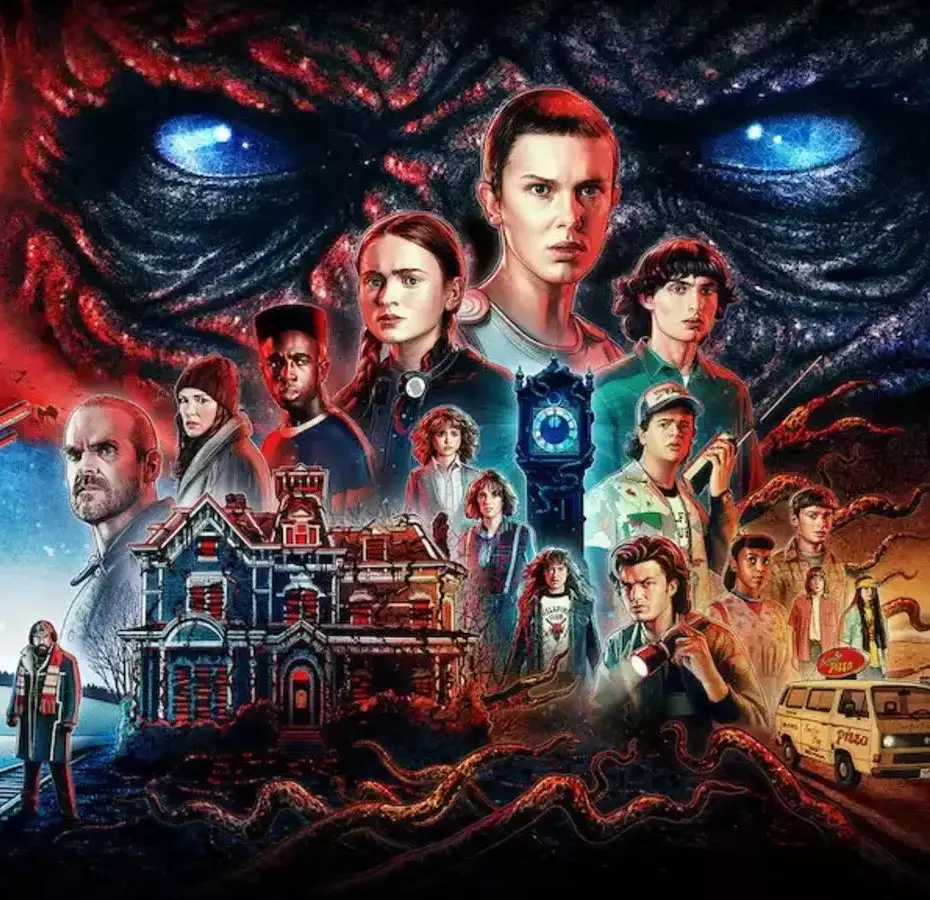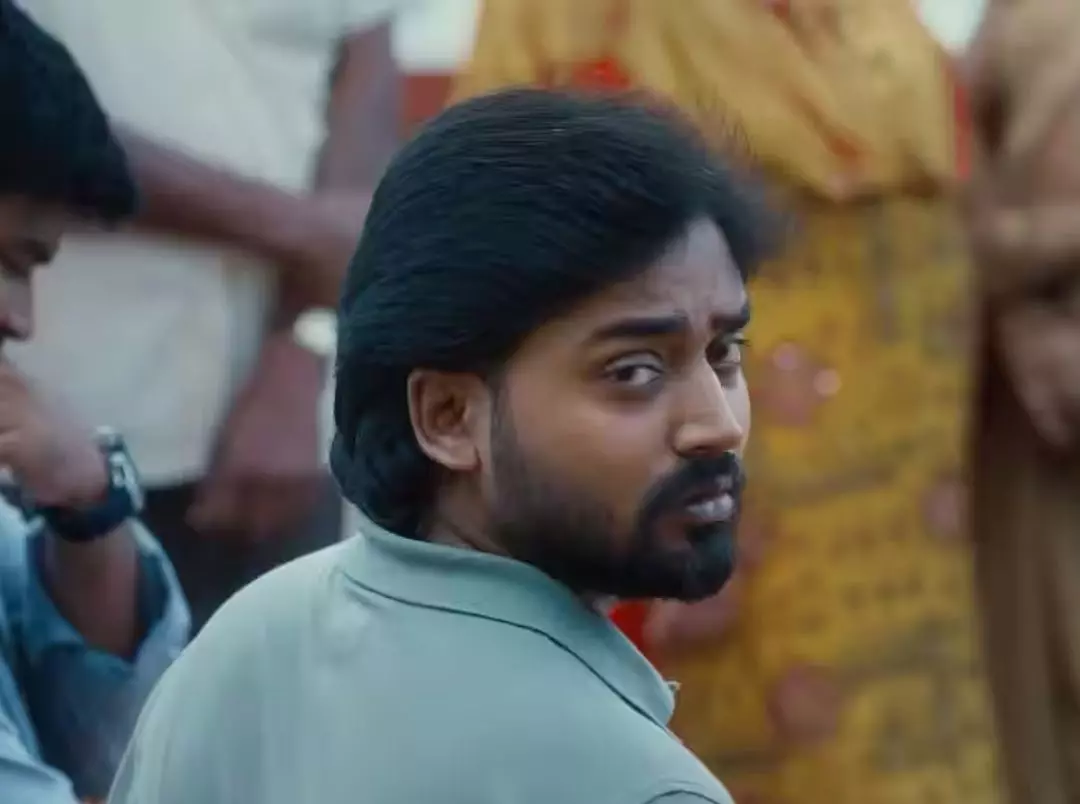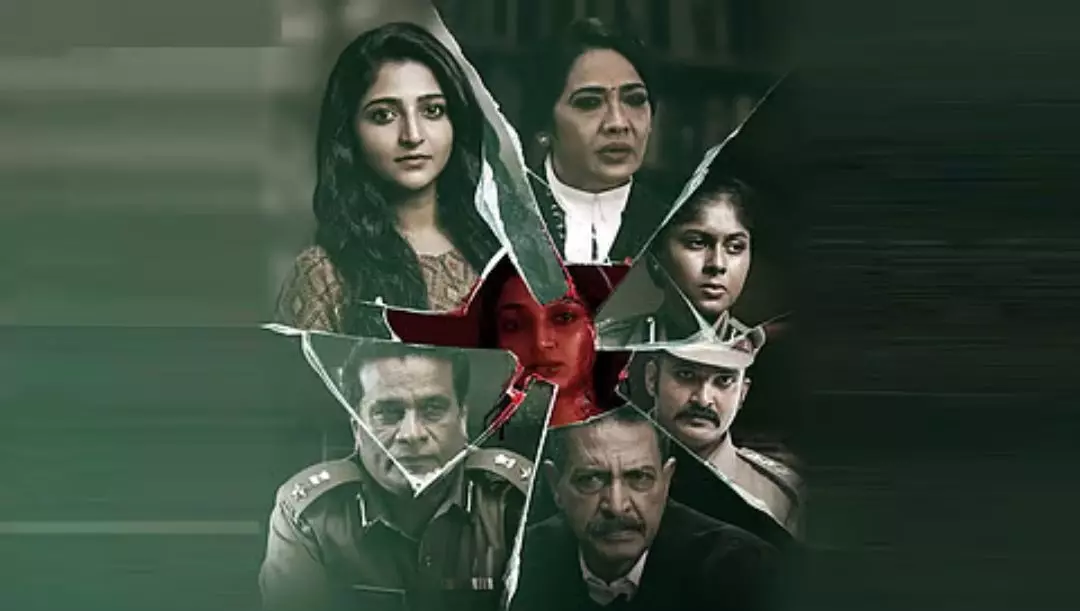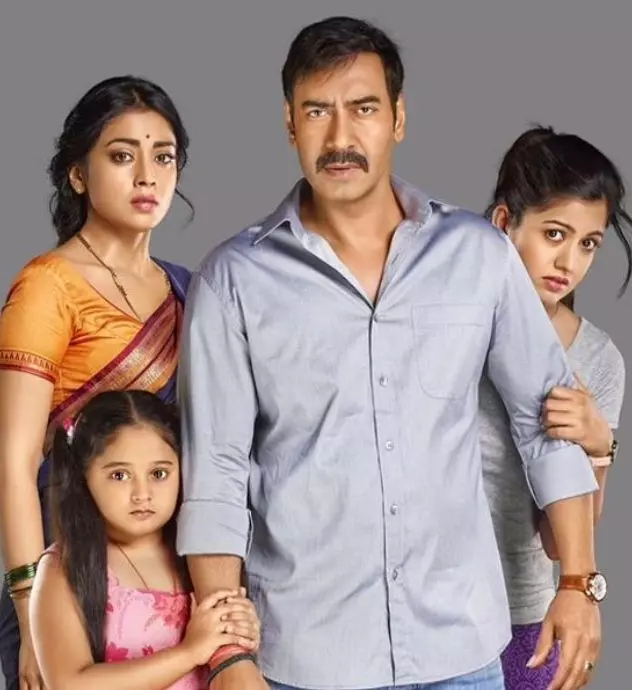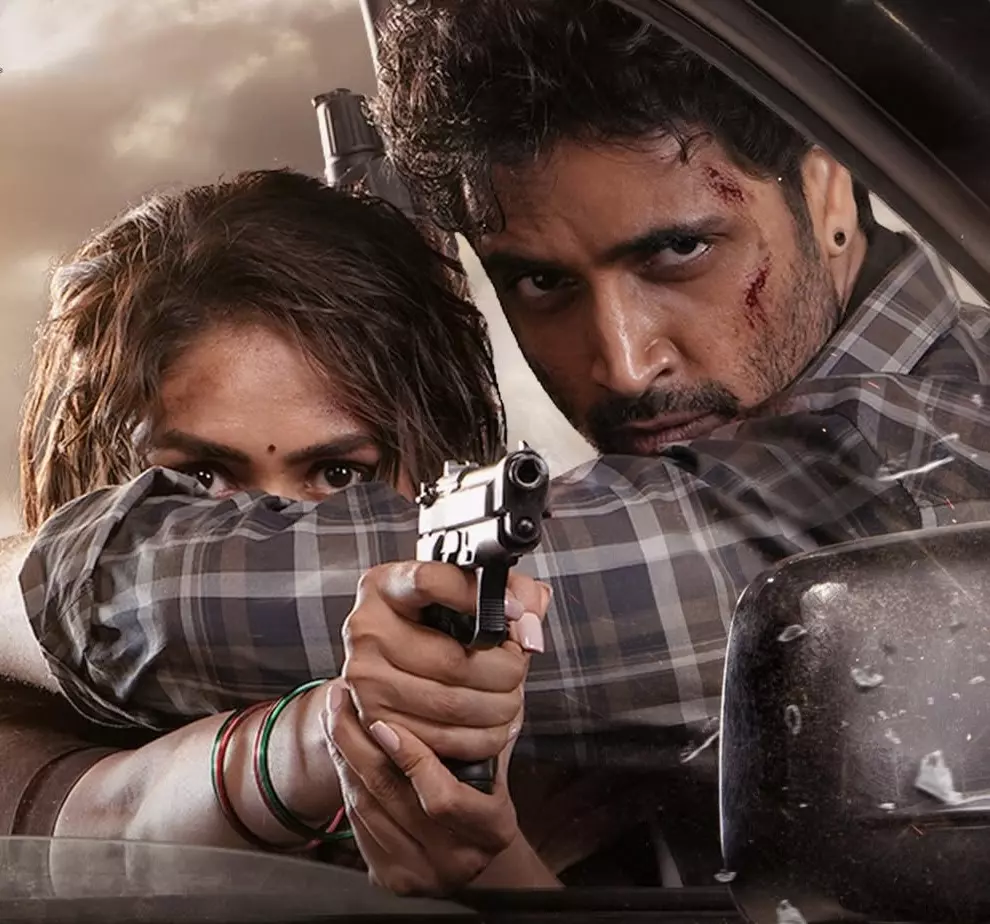Table of Content
Lal Bahadur Shastri was born on 2nd of October 1904 and died on
You Might Also
He always laid emphasis on the soldiers of the country as he knew that the protection from internal as well as any external threats depended on the well being of the soldiers. He was very fond of them because not just the common people, soldiers were the ones who helped in gaining India her independence. India, being an agrarian state, the economy greatly depends on agriculture. He undertook many measures for the development of the farmers too. On 10 January 1966, the war formally ended with the signing of Tashkent Agreement. Only a day later, he was found dead in Tashkent and it was claimed that he had died of a heart attack. The reason seemed pretty suspicious for many and most of them refused to accept it as the cause of death. There are many conspiracy theories revolving around Lal Bahadur Shastri death.
Post Mortem
His family said that the body had blue marks and cuts near the neck and stomach. The body can only turn blue if the body was poisoned and it can have cut marks only if post mortem was conducted. Ahmed Sattarov, the Russian butler assigned to Shastri along with his three junior butlers, were interrogated but no good came out of it. The only sure shot way to know whether he was poisoned or not was to check the post mortem report. But there weren’t any. Now the question arises that if there was no post mortem report then why there were cuts on the body? The family thought an insider had something to do with his death and his wife, couldn’t take the shock and died out of it.
No response to RTI (Right to Information)
The death of a Prime Minister is no small issue. It must have been heavily documented both in India as well as in then-USSR where the incident actually happened. RTIs filed by two Indian citizens, Anuj Dhar and Kuldip Nayar, have still not been responded well. In both cases, the Prime Minister’s Office declined to disclose any information as it will take a toll on foreign relations as well as national parliament. The Home Ministry is yet to respond to the investigation of foul play. The Delhi Police said they do not have any record pertaining to his death. The Ministry of External Affairs and Home Ministry said that the only report they got back from the then USSR states, was that there was a Joint Medical Investigation which was conducted by R.N. Chugh and some other Russian doctors. It also stated that no post mortem took place in USSR. All Lal Bahadur Shastri information regarding his death is cloudy. Many of them have been thrown to National Archives which are classified and inaccessible to any citizen of the country. This raises a lot of suspicions.
Involvement of CIA
A journalist named George Douglas interviewed Robert Crowley, a former CIA agent who had claimed that it was the work of CIA to eliminate the Indian nuclear scientist Homi Bhabha and Lal Bahadur Shastri. Shastri wanted to carry on with nuclear tests and experiments and this threatened the USA. They thought if India carries on like this, India along with Russia would be the new dominant countries regarding nuclear weapons, in this region which was a great concern of the USA. There’s far more reason to believe this as Homi’s plane also crashed mysteriously when he was going to attend a conference in Vienna.
Death of witnesses
There were two witnesses who were present on the night of his death. They were supposed to be present in front of the Parliament to give there statement in 1977. One of them was doctor R.N. Chugh. He was going to the Parliament to give his statement when he was hit by a truck on his way and he died out of it. Likewise, Shastri's servant, on his way to Parliament was hit by a car. He had to be amputated due to which he lost his memory. Sources informed that before going to the Parliament he went to Shastri’s house and told his family, that he would finally let go of the burden on his chest and disclose everything in front of the Government
The ignorance of the Indian Government as well as of the then USSR made people question the unfortunate death of India’s second Prime Minister. Whenever any government was asked to provide any kind of documents related to his death, they either said that no documents were present or that the documents present were so confidential that it could not be shared with anyone. If you want to know more about him, you can read the autobiography of Lal Bahadur Shastri which is enriched with a lot of information about his early life, his political career and also about his personal life. Everything is present in details and in simple language so that everyone from all age groups can easily read and understand it. Apart from his autobiography, there are other articles and books written by well-known historians and others who are pioneers in this field. A night in Tashkent has led to many
.webp)



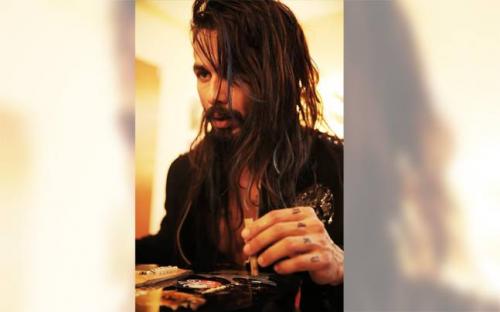
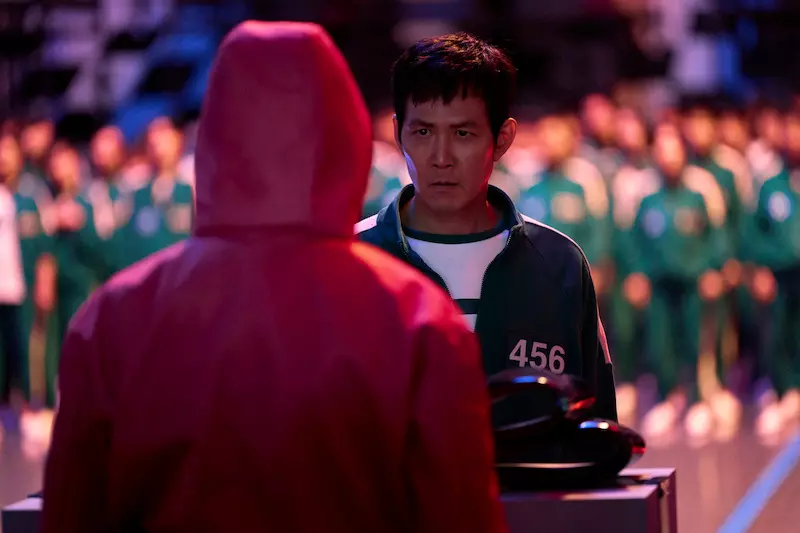
_1735214375.webp)
